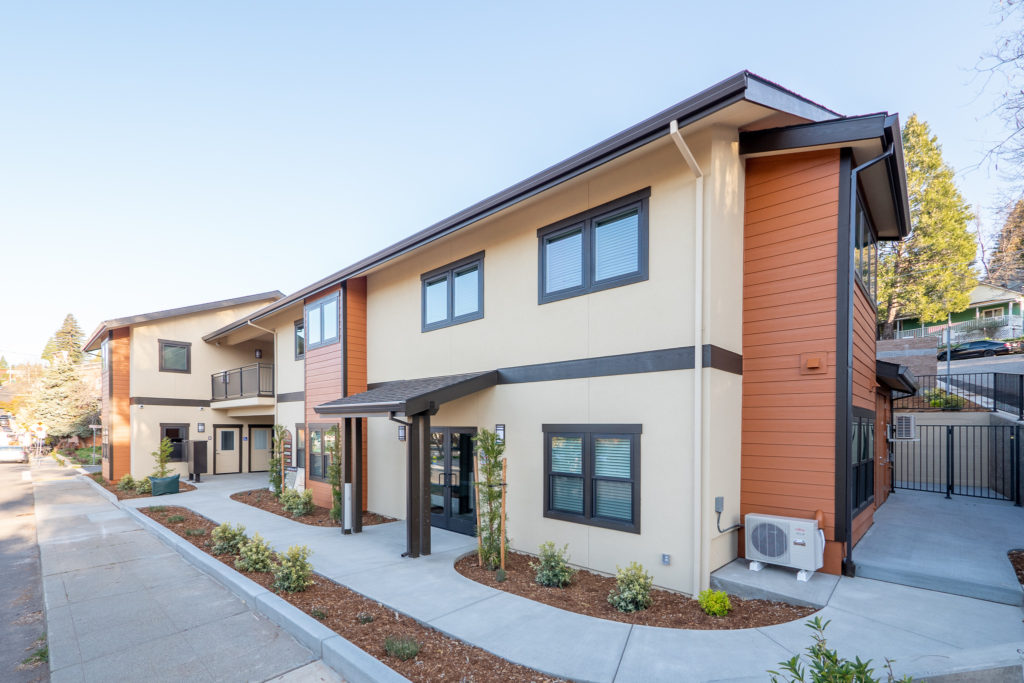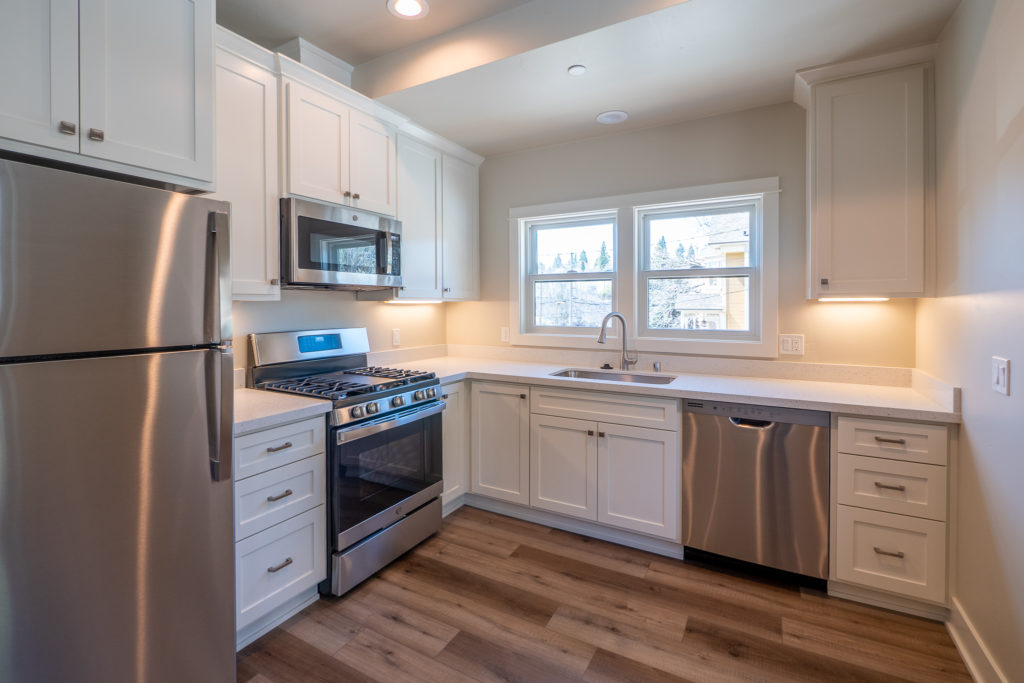
The first chapter in the California Real Estate Principles textbook is the history and current status of California real estate. At the forefront is the widely accepted trend that California has a housing shortage. Housing is more than a fashionable material desire, it serves a basic human need for shelter, safety and security. Then homes rise to meet desires for convinces & comfort and then swiftly on to luxury. Real estate today glamorizes the exceptional residential trends but at the center of the desires are more basic human needs first.
According to Grace Key at Business Insider “The US is facing a shortage of nearly 4 million homes as builders struggle to meet exploding demand according to a new report from mortgage giant Freddie Mac.”
- The US housing market is short 3.8 million homes, according to new data from Freddie Mac.
- Home prices in the US are skyrocketing due to the supply crunch.
- The pandemic has made it even more difficult for home builders to meet consumer demand.
Rock-bottom mortgage interest rates have only made the problem worse. In March, The Wall Street Journal reported, home prices in the nation were rising at the fastest pace in 15 years. The pandemic, which fueled new demand for spacious homes with work-from-home friendly amenities, didn’t help either. Over the past 40 years, the construction of entry-level homes has declined more than 84%, according to data from Freddie Mac.
In the 1970s, about 418,000 entry-level homes were built every year. In contrast, only 65,000 entry-level homes were constructed last year — a number that pitted about 2.4 million first-time homebuyers against each other in a race to find affordable homes.
Lingering effects from the 2008 financial crisis, when many construction companies went out of business amid a downturn in consumer spending, contributed to the shortage as well. While builders have started to increase production output in the past year — up 18% from 2019 — lumber and labor shortages have made home construction even more expensive.
In the past year alone, the median cost of a home in the US shot up 15% from $300,000 in 2019 to $340,000 by the end of 2020, according to data from the National Association of Realtors. That measure does not even begin to account for hot housing markets like Austin, Texas, where the average home went for over $800,000 in March.
So what’s next? Home building costs have risen steadily over the last decades and sharply this year so that even the American dream of buying land and building a homestead are out of reach for many Californians. Key continues, the Pandemic-fueled shortages in the US are helping drive the prices up. A global lumber shortage caused by lower production levels in 2019 and severe storms, as well as shipping delays, has made it even more difficult to construct new homes. On Tuesday, lumber prices hit an all-time high after climbing over 250% in the past year alone. Freddie Mac said it anticipates the housing crisis will only get worse after the pandemic ends.
“As we navigate our way through the year and get beyond the pandemic, we expect the housing supply shortage to continue to be one of the largest obstacles to inclusive economic growth in the U.S.,” its report said. “Simply put, we must build more single-family entry-level housing to address this shortage, which has strong implications for the wealth, health and stability of American communities.”
How does this relate specifically to Nevada and Placer County? John Orona at The Union newspaper in Grass Valley published an article this month that says Nevada County added just under 140 units to its housing stock last year, according to the latest housing progress report. The county needs to add 2,062 units to meet its share of the regional housing needs as mandated by the state. A community’s housing needs are determined by the area’s housing availability, affordability, and conditions according to the Housing Element. Through 2027, the county anticipates meeting about 62% of its housing needs overall through new construction, 23% with rehabilitation and 14% through conservation.
While the county is not required to actually spend funds to build the units, it does need to ensure it has adequate and appropriately zoned sites to accommodate the needed housing in each income bracket.
The most interesting part of the article is how the county plans to get these homes. The article continues: It’s also required to “eliminate any constraints to the private development of a supply of housing” to meet the county’s housing needs. To help increase the housing stock in these categories, the county plans to review the possibility of incentivizing additional dwelling units, which due to size restrictions are generally geared toward low income residents.
The county also has plans to reduce the cost of building by adopting stock housing plans for little or no cost. What is a stock housing plan? Learn more at: https://www.thehouseplanshop.com/15/content/Everything-You-Need-to-Know-About-Stock-House-Plans.php
Will the building laws have to change? Will city’s and county change how they charge for permits and taxes? Recent laws such as the accessory dwelling units rules change last year are inching us towards the demand to properly and legally house more if our citizens. The California Health and Safety Code (HSC), Section 65583(c)(7), requires that cities and counties develop a plan that incentivizes and promotes the creation of ADUs that can be offered at affordable rent for very-low to moderate-income households
I believe in the American dream and in real estate investment as a wealth building vehicle. Commercial and residential investments can provide excellent tax and income opportunities that over time can prove to be a great move! Call me for Nevada County and Placer County real estate assistance. Rentals, purchasing, listing, commercial or residential. We do it all!
Opinion piece by John Boyer, Realtor®


